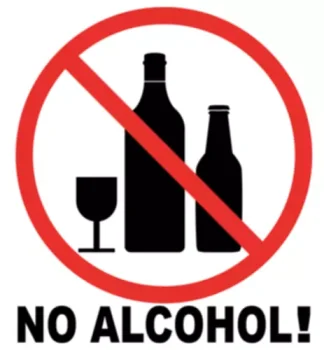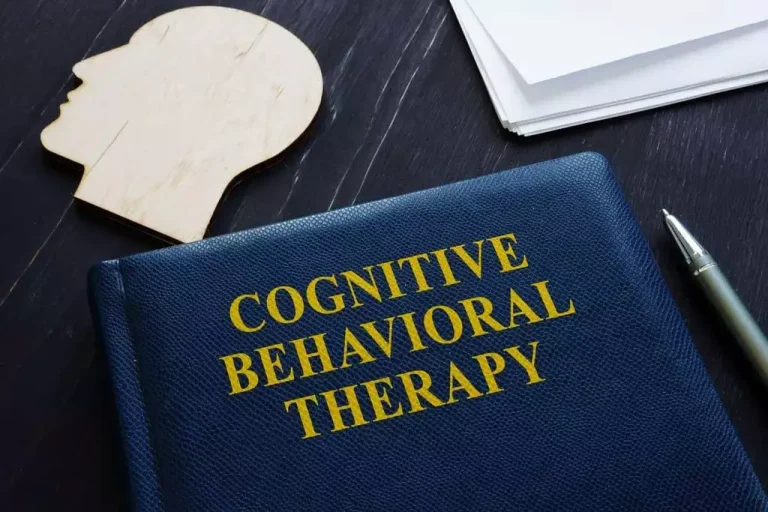
Even drinking a little too much (binge drinking) on occasion can set off a chain reaction that affects your well-being. Lowered inhibitions can lead to poor choices with lasting repercussions — like the end of a relationship, an accident or legal woes. Each of those consequences can cause turmoil that can negatively does alcohol weaken your immune system affect your long-term emotional health. If you drink every day, or almost every day, you might notice that you catch colds, flu or other illnesses more frequently than people who don’t drink. That’s because alcohol can weaken your immune system, slow healing and make your body more susceptible to infection.
Contents
Effects of cigarette smoke on the immune system
This is consistent with differential cellular pro-inflammatory responses to ethanol that vary across time, across cell types, and with blood ethanol concentrations (Figure 2). In addition, production of IL-10 in response to TLR2/6 stimulation was increased (Pruett, Zheng et al. 2004). This same treatment also inhibited the in vitro production of IL-6 and IL-12 by peritoneal macrophages harvested 2 hours following injection of LPS (Pruett, Fan et al. 2005). This phenomenon was not observed in a TLR4 mutant mouse, indicating that the acute phase response is mediated by TLR4 (Pruett and Pruett 2006).
Heart disease

Understanding the mechanisms of binge drinking-induced changes in brain and behavior requires multiple approaches and a better understanding of adolescent brain, personality, and other developmental processes. Emerging studies of brain physiology have begun to distinguish functional connectivity MRI (fcMRI) networks. There are multiple sensory and motor networks as well as DMN, lateral cortical executive network (CEN), and SN. Although the precise functions of these networks are poorly understood, in general, the CEN engages attention during demanding cognitive tasks and includes the dorsal lateral prefrontal cortex and posterior parietal cortex. Preclinical studies have identified altered fcMRI network connectivity both in adolescent and adult rats after acute ethanol exposure166 and in adult animals long after adolescent AIE binge treatment.159,160 Acute alcohol exposure increases connectivity within the CEN and connectivity between CEN and DMN as well as CEN and SN.
Cytokines and sickness behavior
Poly (viny alcohol) is utilized as a drug delivery agent and is known to be a biodegradable and biocompatible polymer [122]. Zhao et al. demonstrated that nanofibers which have diameters 460 nm like polyethyleneimine and PVA nanofibers which were controlled by hyaluronic acid can effectively analyze and capture cancer cells. They synthesized nanofibers like polyethyleneimine and poly vinyl alcohol and folic acid to check for the early stages of cancer [124]. Poly vinyl alcohol and core–sheath nanofibers loaded with DOX are utilized for the treatment of cancer cells in ovaries with a sustained discharge of drugs.
The mental effects

Potential target points for (i) acute alcohol and (ii) chronic alcohol in inflammatory tissue. Neutrophils and monocytes migrate towards the site of inflammation via adhesion molecules like P-selectin and intercellular adhesion molecule (ICAM), which can be induced by activated macrophages. This process of transmigration is further enhanced by secretion of chemokines and PAMPs as well as DAMPs. The process of phagocytosis is shown as an example in macrophages that clear the tissue of pathogens and cell debris. Neutrophils also produce reactive oxygen species that damage pathogens, as well as healthy tissue, and enhance endothelium leakiness.
- This means you’re more susceptible to illnesses, and your body’s ability to recover can be slowed down.
- Summarized, despite numerous studies, yet little is known about its interactions on the human body.
- Chronic binge-like ethanol exposure of rodents increases brain HMGB1 levels similar to levels found in the postmortem brains of humans with AUD.15 Alcohol drinking in rats increases HMGB1 only after several drinking episodes.
- Finally, monocytes and macrophages also produce certain cytokines that help regulate immune system activity.
- But when you ingest too much alcohol for your liver to process in a timely manner, a buildup of toxic substances begins to take a toll on your liver.
- Tissue macrophages are given different names indicating their resident tissue such as Kupffer cells in the liver, microglia in the brain tissue, Langerhans cell in the skin, or alveolar macrophages in the lungs [156].
- But even low amounts of daily drinking and prolonged and heavy use of alcohol can lead to significant problems for your digestive system.
- “Alcohol has diverse adverse effects throughout the body, including on all cells of the immune system, that lead to increased risk of serious infections,” said Dr. E. Jennifer Edelman, a Yale Medicine addiction medicine specialist.
For example, the number, functional activity, and maturational status of the hepatic Kupffer cells (KCs), a critical component of the hepatic innate immune system, are directly related to the concentration of gut-derived MAMPs [33]. Intestinal pathogenic bacteria facilitate immune-mediated liver injury by activating dendritic cells (DCs) and natural killer T (NKT) cells in the liver [34]. Additionally, it has been reported that probiotics may contain bacterial glycolipid antigens that stimulate hepatic NKT cells in a strain-specific and dose dependent manner [35]. Beside the immune cells-mediated host defense, mucous epithelial cells provide a physical barrier and contribute to regulation of innate and as well adaptive immunity.
- Alcohol disrupts ciliary function in the upper airways, impairs the function of immune cells (i.e., alveolar macrophages and neutrophils), and weakens the barrier function of the epithelia in the lower airways (see the article by Simet and Sisson).
- Koob and Volkow1 have proposed that several neurocircuits are involved in these functional domains, which overlap with networks identified by fcMRI as the SN, CEN, and DMN.
- Because this review focuses on the alcohol-mediated innate immune response, we discuss this topic only briefly.
- Moreover, the wide-ranging roles of the immune system present significant challenges for designing interventions that target immune pathways without producing undesirable side effects.
Microglial activation and its implications in the brain diseases
In contrast, both acute (24 hours) and prolonged (7 days) exposure to low and high concentrations of acetaldehyde reduce TNF-α secretion by primary rat astrocyte (Sarc, Wraber et al. 2011). Recently, it was reported that a single episode of binge alcohol consumption in alcohol-experienced human volunteers (men and women) initially (within the first 20 min) increased total number of peripheral blood monocytes and LPS-induced TNF-α production when blood https://ecosoberhouse.com/ alcohol levels were ~130mg/dL. However, similarly to the in vitro studies described above, at 2 and 5 hours post-binge the numbers of circulating monocytes were reduced and levels of antiinflammatory IL-10 levels were increased (Afshar, Richards et al. 2014). HMGB1 functions in the nucleus are not well characterized; however, in general, HMGB1 can bend DNA and enhances binding of transcription factors such as p5324,25 and estrogen receptor26 to DNA.
Diet, alcohol, and health: a story of connections, confounders, and cofactors






